Teaching Astronomy In Primary Schools: How, Why, And In What Context?
Parallel Session
4th Shaw-IAU Workshop on Astronomy for Education
Session timeblocks
Tuesday Nov. 15, 2022
UTC: 11:30 a.m. -
1 p.m.
Wednesday Nov. 16, 2022
repeated:
UTC: 6 p.m. -
7:30 p.m.
How should learning be? What are the best practices to open up to children a scientific point of view about the natural world? What could be the role of the sky and the night sky in developing scientific citizenship? And then how can we encourage those active practices in schools worldwide?
In this session, we will listen to different voices of teachers, educators, and NAEC from many countries and discuss how, in different ways and with different points of view, we can contribute to have a new generation of young people able to fully understand our world, so entangled with science and technology development.
Schedule
-
Three little steps in the sky: from conventional teaching to cooperative and meaningful experiences
Tuesday Nov. 15, 2022
UTC: 11:30 a.m. - 11:55 a.m.Wednesday Nov. 16, 2022
UTC: 6 p.m. - 6:25 p.m.This contribution describes three experiences that refer to activities developed as part of the research / action project "Between sky and earth", experimented together with girls and boys both during extra-curricular workshops and in the school context. Each “step” open a reflection about the learning that builds knowledge from experience, its possibilities and its meanings.

Franco Lorenzoni (Movimento di Cooperazione Educativa, casa laboratorio di Cenci)
For more information about this talk click here
-
STEM+A@Astronomy: How to Motivate Students to Learn Astronomy
Tuesday Nov. 15, 2022
UTC: 11:55 a.m. - 12:05 p.m.Wednesday Nov. 16, 2022
UTC: 6:25 p.m. - 6:35 p.m.Developing future skills are crucial for students to integrate knowledge with an innovative thinking mindset. However, subjects to be taught are generally separated in mainstream schools. Some students may lack the experience to overcome cross-disciplinary problems when they are facing their future society. Astronomy, as an interdisciplinary science, can be a linkage of different disciplines, building science literacy. The talk will introduce an interdisciplinary project called STEM+A@Astronomy. It aims to cultivate students’ learning incentives and curiosity about the night sky through experiential learning. It could apply to modular lessons in formal education and interactive activities in public education to provide an intensive learning experience for students in their daily life.
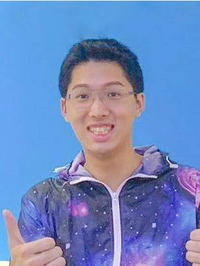
Exodus Chun-Long Sit (Chair of IAU-NAEC Hong Kong, Starrix Hong Kong)
For more information about this talk click here
-
Observing the sky in astronomy education: Building Benchmarks
Tuesday Nov. 15, 2022
UTC: 12:05 p.m. - 12:15 p.m.Wednesday Nov. 16, 2022
UTC: 6:35 p.m. - 6:45 p.m.The practice of sky observing in Basic Education can produce good results, but may be hindered by some factors. To understand which aspects are essential for its realisation, we conducted a literature review, based on publications in astronomy education, which allowed us to build elements and organise them in three moments, allowing the necessary planning for its success.
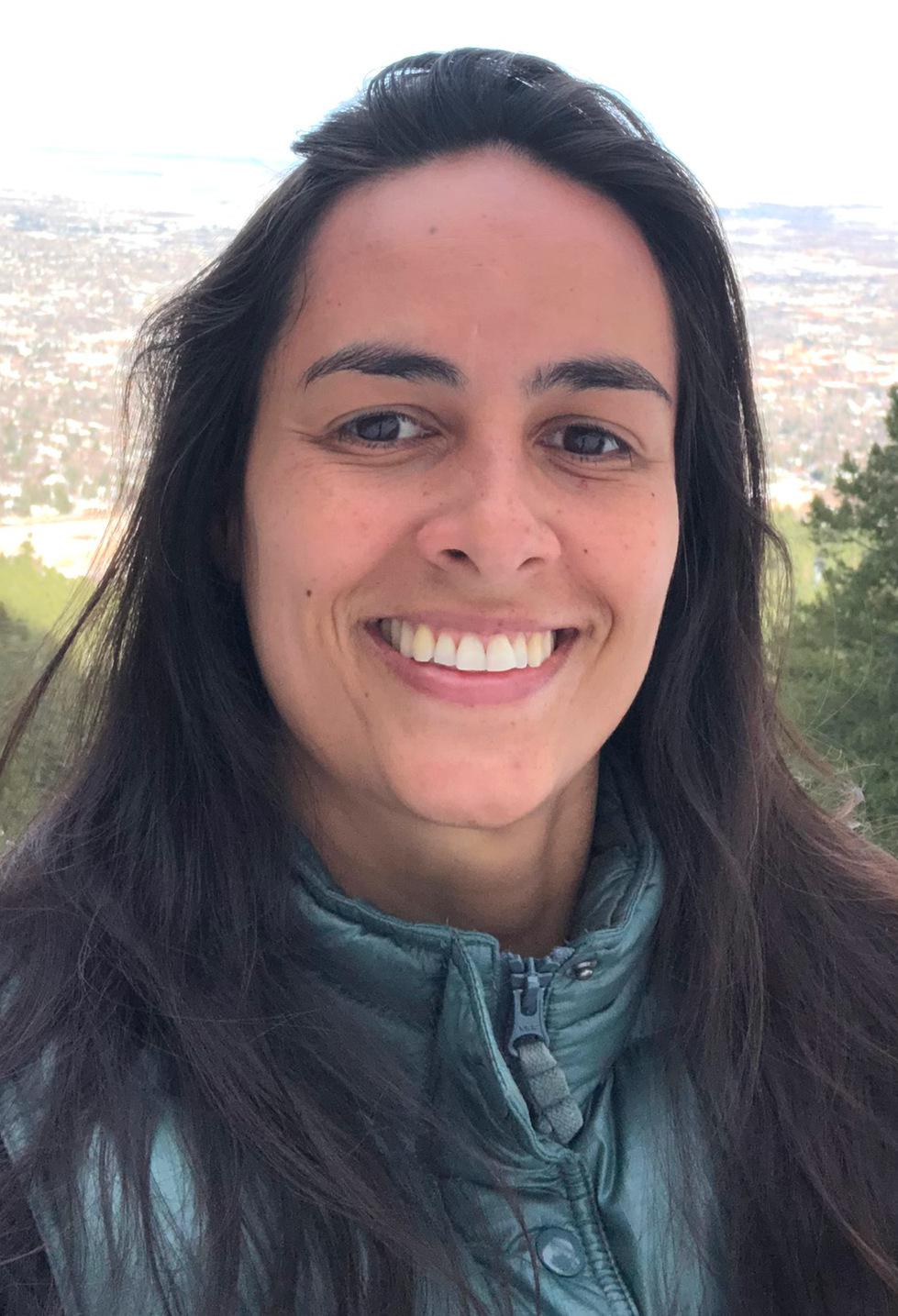
Gleice Dornelles (Inter-Unit Post-Graduation in Science Teaching, University of São Paulo, Brazil)
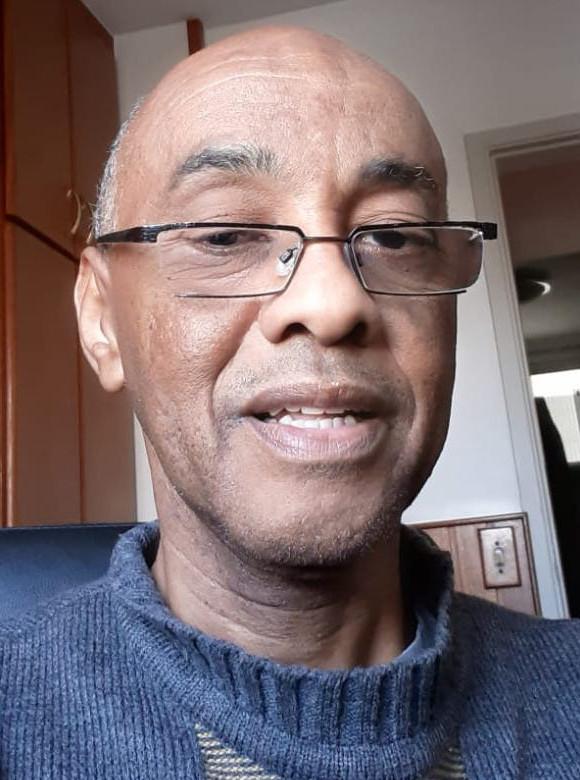
Antônio Carlos da Silva (Inter-Unit Post-Graduation in Science Teaching, University of São Paulo)
Coauthors: Raquel Gomes dos Santos (Inter-Unit Post-Graduation in Science Teaching, University of São Paulo), Cristina Leite (Inter-Unit Post-Graduation in Science Teaching, University of São Paulo)
For more information about this talk click here
-
Classroom activities related to equinoxes and solstices: examples from the Astronomy Day in Schools
Tuesday Nov. 15, 2022
UTC: 12:15 p.m. - 12:25 p.m.Wednesday Nov. 16, 2022
UTC: 6:45 p.m. - 6:55 p.m.Equinoxes and solstices are not only astronomical events, but they are also important phenomena connected to cultural events in various regions, making it a good gateway to the world of astronomy and science for teachers. The Astronomy Day in Schools (ADiS) project is organized by the sub WG of ADiS, under the WG of Astronomy Education Research & Methods, Commission C1, IAU. The project website is hosted by the National Astronomical Research Institute of Thailand. On the website, the project has called for records of practice related to equinoxes and solstices. The project has also organized online meetings on occasion of the equinoxes and solstices. We will introduce the examples of the records, and we hope this will help develop the network of students and teachers.
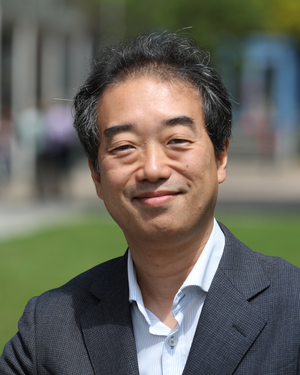
Tomita Akihiko (Wakayama University)
Coauthors: Paulo Bretones (Universidade Federal de São Carlos, São Paulo)
For more information about this talk click here
-
Syrian Astronomical Association: a trip of success
Tuesday Nov. 15, 2022
UTC: 12:25 p.m. - Wednesday Nov. 16, 2022 11:40 a.m.We are highlighting the Syrian experience of educating children on the sciences of astronomy and space during war and crises. as we always considered the sky our safe and sacred place during war. Observing it and reading about its planets and stars to forget all about the sound of the bullets. And let the Syrian children be well aware of how life will keep going by learning and working hard to achieve our goals. We are talking about our experience since the very beginning of the Syrian Astronomical Association and how we worked on outreaching astronomy to the whole society, focusing on educating children. We worked on introducing astronomical sciences in a fun, simple and easy way based on thinking out of the box, by giving real life examples on scientific information, and through experiments and games which consolidate the information. We cooperated with the National Curriculum Development Center to introduce astronomy information to the curriculum in some subjects like geography, biology and physics starting from primary school till high school. Since the establishment of the Syrian Astronomical Association in 2005 we aimed to outreach astronomy and space science to every house in Syria, Outreaching astronomy and introducing the importance of these sciences. We are working on working to cooperate with every national, Arabic and international institution, to make the future a better place for every child on this earth, to live safely under one sky. The earth is for everyone and the sky is for everyone.
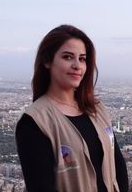
Turkieh Jbour (Syrian Astronomical Society)
For more information about this talk click here
-
Discussion Panel: Teaching astronomy in primary schools: How, why, and in what context?
Tuesday Nov. 15, 2022UTC: 12:35 p.m. - 1 p.m.
Wednesday Nov. 16, 2022
UTC: 7:05 p.m. - 7:30 p.m.Chair:
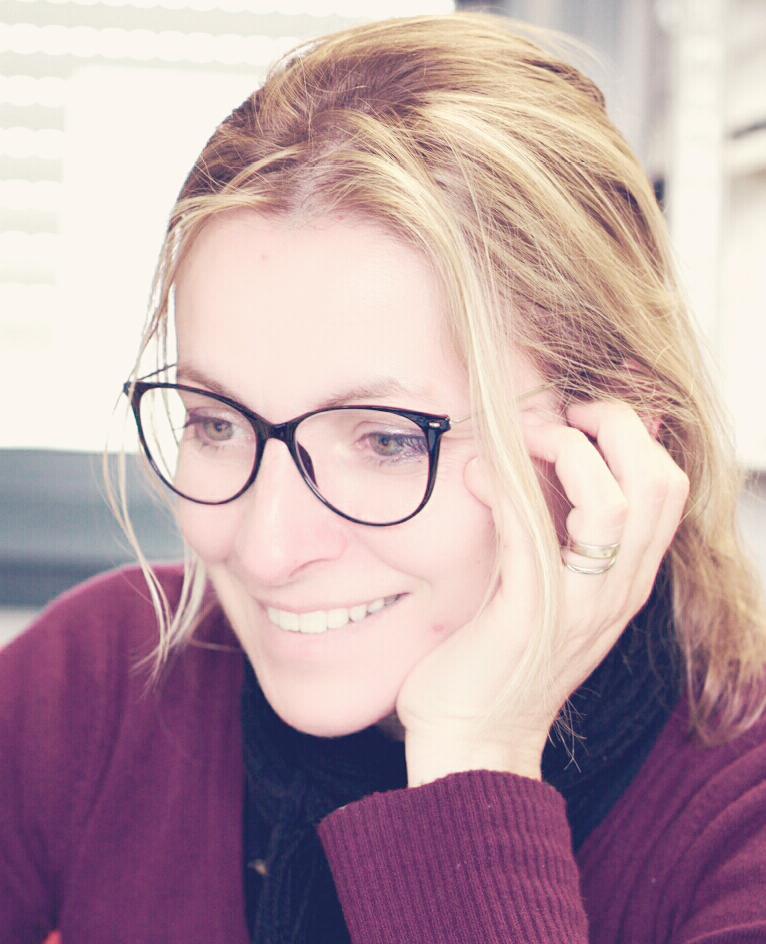
Silvia Casu
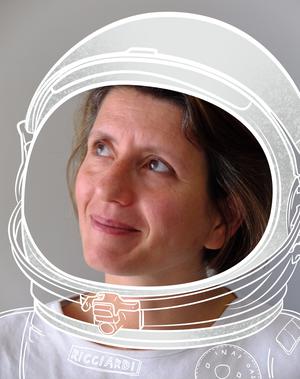
Sara Ricciardi
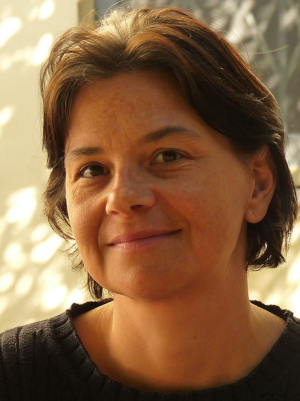
Alessandra Zanazzi
Panel: Gleice Dornelles
(Inter-Unit Post-Graduation in Science Teaching, University of São Paulo, Brazil), Franco Lorenzoni
(Movimento di Cooperazione Educativa, casa laboratorio di Cenci), Exodus Chun-Long Sit
(Starrix Hong Kong), Tomita Akihiko
(Wakayama University), Turkieh Jbour
(Syrian Astronomical Association)
Posters
-
Astronomy Education in Primary Schools: Characteristic, Discrepancy, and Implementation
Zhu Jin (Beijing Planetarium)
Astronomy is a very important but quite different subject for school education, because of the characteristic of astronomy with the vast scale of universe. The frequently-appeared new discoveries and astronomical phenomena with grand observability make astronomy the most suitable tool to keep and improve the curiosity (and even integrity) of students. A text book on astronomy course in schools would be different with other subjects like language, art, math, and physics. Some special considerations for astronomy education in primary school should be noted.
-
Astronomy Teaching in Primary Schools: Underrated Pupils
Shao Faxian (Chongqing Academy of Education Science)
We believe that the global science curriculum standards for astronomy education underestimate the actual ability of pupils. We conducted interviews with 54 students from grades 1 to 6 about the moon phase concept. It revealed that few students are working from naive mental models, and most can put forward their own guesses and carry out simulation experiments to verify. Students in grades 5-6 can even use the balls of different sizes and flashlights provided by the teacher to deduce the reason for the moon phase and refine their mental models of the Sun-Earth-Moon system. We have successfully helped grade 3 students establish the concept of the moon phase change law and the distance between the S-E-M by combining the embodied cognition with concrete models and mathematical reasoning.
-
Community Cosmos: A Park-based Forum for Empowering Educators in Astronomical Exploration
William H. Waller (US-NAEC, Endicott College, Rockport Public Schools), Carolyn McWilliams (Rockport Middle School), Michael Deneen (Gloucester Area Astronomy Club), Ramona Latham (Halibut Point State Park)
We report on our IAU-OAE Teacher Training Pilot (TTP) workshop for K-8 educators. Sited at Halibut Point State Park (HPSP) in Rockport, Massachusetts, USA, this one-day workshop introduces the teachers to the following astronomical topics – * Exploring Earth from Earth, where teachers consider the shape, geology, and biology of Earth. * Exploring Earth from Space, where teachers use Google Earth and other visualization tools. * Exploring Space from Earth, where teachers use star wheels along with desktop and smartphone apps to navigate the day and night sky. Direct and remote telescopic observing culminate this component. * Exploring Space from Space, where teachers imagine and design robotic spacecraft that could enable them to explore specific worlds in our Solar System.
-
Cross-curriculum creativity: We Share the Same Moon
Megan Argo (University of Central Lancashire)
Astronomy provides many avenues for teaching aspects of the primary curriculum - from science topics such as physics, biology and the climate, to maths, geography, and even art. Working with a storyteller and experienced primary teachers, we developed a set of creative teaching activities based on astronomy topics. Each activity provides background for non-science specialist teachers, a "science story", detailed instructions, uses simple materials, has cross-curriculum links, and is paired with one or more cultural folk tales which can be used to introduce the topic in a primary classroom. This contribution will illustrate the project, its resources, how we tested the activities, and show how the resources have been used in different contexts.
-
Design, Construction of the Cosmodom Planetarium as a didactic tool for Astronomy in the Classroom
Gilbert Sánchez (Larense Astronomy Association, CEO of Sánchez Cosmodom Integral Educational Projects), Oscar Alvarado (Larense Association of Astronomy)
Our main objective was to design a low-cost planetarium with local resources that would allow its easy mobilization and which will be integrated into a three-phase educational project called astronomy in the classroom, which consists of a phase of stimulation and awareness of the participants, a second pass of playful experience through the observation and visit of the planetarium and the third to capture the knowledge learned through exhibitions and practical activities.
-
How does astronomy education fit into primary education
Li Chunyu (Beijing Haidian District Tuqiang No. 2 Primary School), Deng Xihui (Member of Astronomy Teaching and Research Group), Cao Xicheng (Member of Astronomy Teaching and Research Group), Zou Jiawei (Member of Astronomy Teaching and Research Group)
Astronomy is included in the curriculum for primary school students, and all students in grades from 1 to 6 will learn basic astronomy courses.The school provides students with a variety of after-school activities, including astronomy knowledge, astronomy photography, astronomical paper writing and other interesting courses to help students develop their interests.Organize various observation activities, photography activities and roadside astronomical communication activities for personalized and in-depth astronomy club courses for students.The Astronomy Festival is organized every year, through science and technology activities, art performances, music and other forms to carry out astronomy theme festival courses lasting for one week.
-
Little astronomers are devoted to the Milky Way of China
Liu Jing
This paper takes the content of the sixth grade Chinese Distant Altair Star of the Guangxi edition of the primary school people's education edition as an example, expounds the basic principles of developing activities with textbooks, analyzes the characteristics of the development and design of such activities and the specific operation and implementation of such activities. The full text discusses and analyzes how to use the methods of "role theory" and "situation creation" to turn the virtual into the real. It constructs the situation and ignites the students' interest, stimulating exploration and promoting thinking, and emphasizes hands-on exploration and personal experience.
-
Representations of Astronomy in Children’s Storybooks
Alison Allen (Rockman et al Cooperative), Julia Plummer (Pennsylvania State University)
Storybooks are widely used in schools as an entry point into science learning. As a result, storybooks should provide an accurate and equitable representation of science and scientists. Therefore, we conducted a content analysis of 32 astronomy storybooks published between 2001-2021. While about half the books include characters using at least one science practice, few portrayed characters investigating an astronomical phenomenon. Half the books contained inaccuracies. Gender representation was relatively balanced. The sample includes a relatively even distribution of characters’ racial background; yet, this balance disappeared when books from Diverse Book Finder were removed from the sample. Our study suggests that there are limitations in how current children’s books represent astronomy.
-
Stardust Hunters!
Sarah Roberts (Swansea University), Emma Wride (Astrocymru), Chris Allton (Oriel Science), Paul Smith (National Botanic Gardens of Wales)), Jana Horak (National Museum of Wales), Rich Johnston (Swansea University), Mark Coleman (Swansea University)
Every year, approx. 3,000 tons of cosmic dust falls to the surface of the Earth – in this poster we present our project called ‘Stardust Hunters’ which aims to engage and enthuse school pupils aged 8-14 years in the relatively new research area of urban micrometeorites. The ‘Stardust Hunters’ pilot project enables school children in Wales to carry out searches for these tiny particles using a specially designed ‘Stardust Hunter’s Toolkit’ The overall aim of the ‘Stardust Hunters’ project is not only to involve school students with real research and help them develop their scientific research skills, but we also aim to contribute to this growing field of study.




